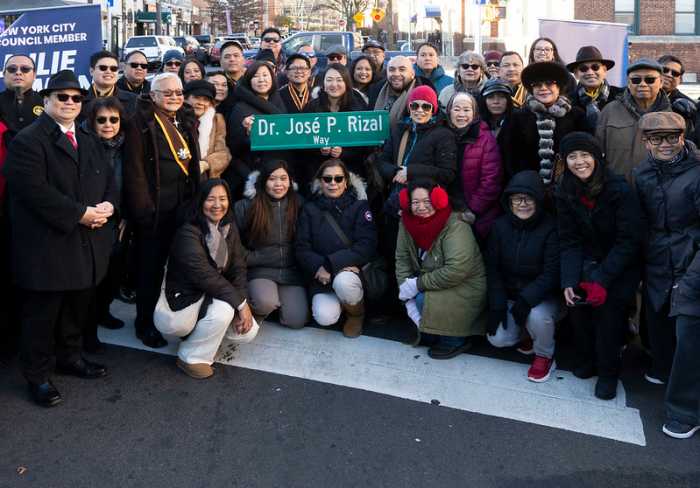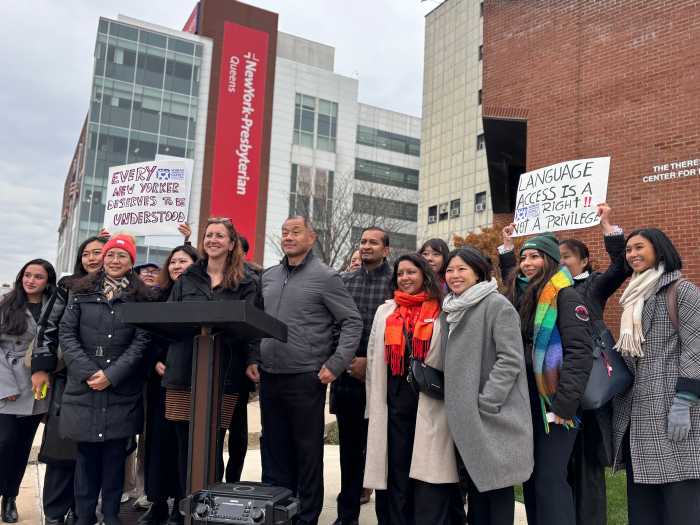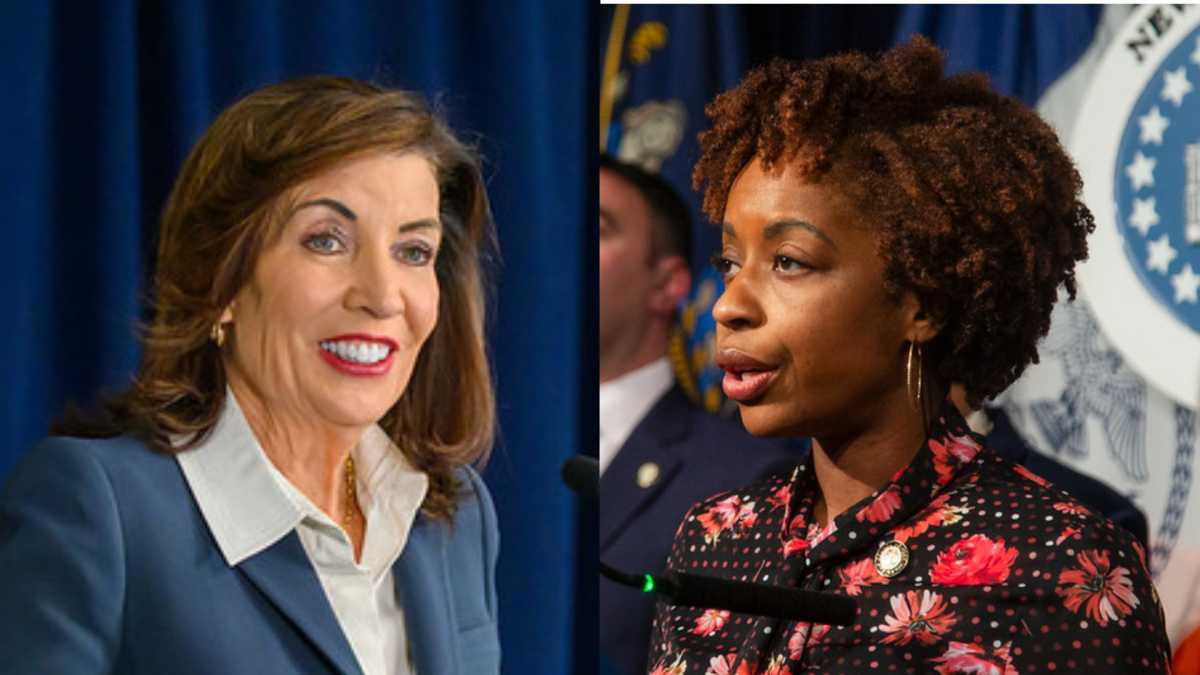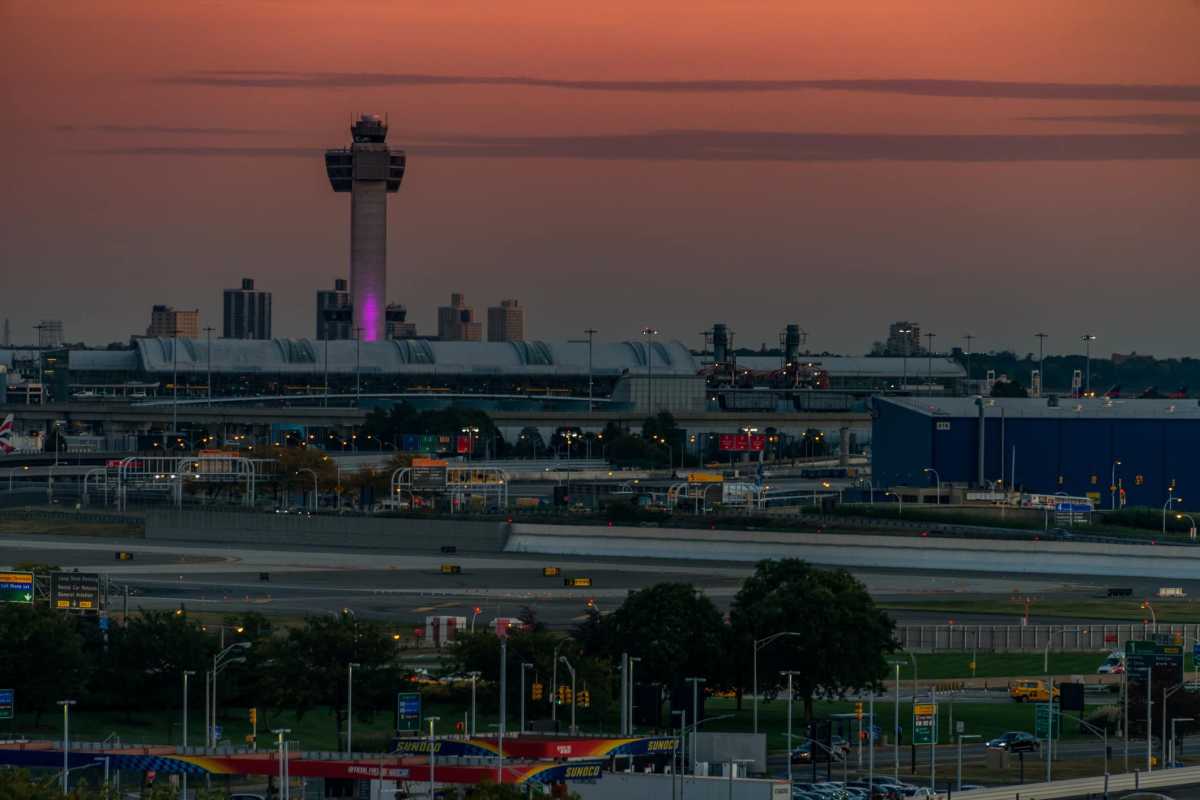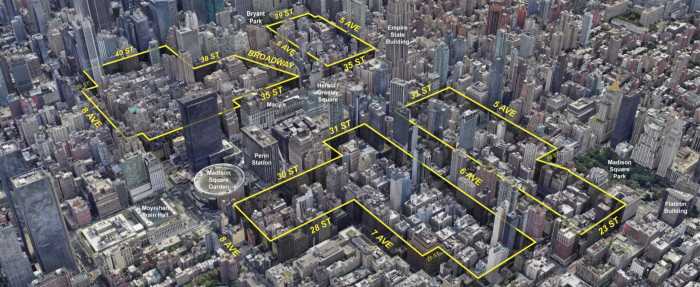After growing concerns that the number of homeless shelters in Queens was rising, Human Resources Administration/Department of Social Services Commissioner Steven Banks paid a visit to the borough on Wednesday night to address the state of homelessness.
Banks attended a Queens Borough Board meeting in Kew Gardens on Oct. 19 to provide an overview of the shelter system and new changes in policy and to answer questions from community board members and elected officials.
The number of homeless people in the New York City shelter system has now reached about 60,000 men, women and children, according to Banks. This number represents a 115 percent increase since 1994. About 8,500 homeless people occupy 3,000 units in Queens.
Banks said he attributes this rise to the lack of rental assistance programs in the city between 2011 and 2014. When he took over HRA and DHS, the administration reinstated these programs and increased funding for legal assistance and rent arrears from $6.4 million to $62 million. As a result, marshal evictions in the city are down 24 percent.
“For many years the city didn’t have effective and robust prevention programs in place,” Banks said. “The most significant growth occurred when New York City had no rental assistance program to help move New Yorkers out of a shelter or to keep them from shelters.”
The increasingly expensive housing market is also partly to blame, he said. About 500,000 New Yorkers fall into debt and cannot pay their rent, and three in 10 residents are spending more than 50 percent of their income on rent.
A ‘borough-wide approach’
Banks announced that DHS and HRA are in the process of implementing 46 reforms to change the way the city deals with homelessness. One of the changes involves a “borough-wide approach” to homelessness. Queens residents who go homeless will be placed in shelters in Queens rather than being bused to other boroughs.
This change will help shorten students’ commutes to school and allow families to get medical care and jobs in the borough they live in, he said.
Mayor Bill de Blasio said his administration will prioritize phasing out the use of hotels as shelters. Banks reiterated the claim but said that first, the city will look to eliminate cluster sites by 2018. Cluster sites are apartments that the city has been renting for 16 years as shelters. Located mostly in the Bronx, the city will look to negotiate with landlords to give leases to 12,000 homeless people who currently live in these 3,000 units.
“If we’re not going to keep renting apartments and take them off the market that means if a family with children comes in on any given night we need to find some place to put them,” Banks said. “And that’s when we get to the increased use of commercial hotels.”
Banks said the city cannot phase out cluster sites and hotels at the same time. He drew a distinction between shelters and commercial hotels, saying that the city is giving neighborhoods at least 30 days’ notice when a new shelter opens but does not have to give notice when hotel units become occupied overnight.
This policy will change, he said, and new reforms will be released in the coming weeks.
“It’s clear to me and people in this administration that the fact that hotel rooms had been rented for many years without any notification process has to be changed,” Banks said.
Problems with placement
Councilman Donovan Richards, who represents Laurelton, Rosedale and Far Rockaway, argued that other neighborhoods in Queens need to contribute to the homelessness solution. Southeast Queens houses about 40 percent of the homeless shelters in the borough, particularly around John F. Kennedy Airport.
“It’s very unfair for just one community to be saturated with the majority of the problem and I think that’s the issue we’re running into nowadays,” Richards said. “Historically these things have been placed in communities of color and there’s been no conversation around that. There’s been no protest around that. But now that it’s being placed in districts historically that these facilities have not been placed, we’re seeing a huge uproar and that’s the thousand pound gorilla in the room.”
Richards was referring to the shelter placed in Maspeth that has resulted in residents protesting in front of Banks’ house and other shelters in Queens.
Councilwoman Elizabeth Crowley, who represents Maspeth, argued that though her residents have been “hostile” to DHS, their reaction was normal because Banks lied to the community.
“Excuse me, you’ve used that word lie a lot but one of the reasons they used the word lie is because you keep making the point that were taking people out of clusters and putting them in hotels,” Banks said. “For everybody here this is not the policy for the Department of Homeless Services of the City of New York.”
Banks also revealed that he met with Crowley in June to discuss this conversion of the Holiday Inn Express, but the councilwoman has repeatedly said this plan was a surprise to her.
A spokesperson for Crowley told QNS that Banks and Crowley met on May 19 about the city’s 2017 fiscal year budget and general homeless issues. QNS is waiting for further comment from DHS about the meeting.
One size doesn’t fit all
Vincent Arcuri, chairperson for Community Board 5, argued that former Mayor Fiorello H. LaGuardia’s projects like the Fort Greene Houses were the right way to address homelessness.
“LaGuardia had something Bill de Blasio does not,” Banks said. Arcuri responded with “brains.”
“A federal partner,” Banks said. “How were those federal projects in Fort Greene built? With federal money. The Housing Authority has been stripped of federal money and resources for the last 30 years. That is one of the reasons why we don’t have any more public housing being built.”
Additional reforms include “eliminating the one-size-fits all approach” in terms of street homelessness. The agency has created a list of people who are chronically on the street and as a result have been able to take “hundreds of people off the street.”
The agency conducted an inspection in January of 300 shelters and found 10,500 violations. They have been able to reduce the violations to 2,400. Banks also announced that the NYPD has stepped in to manage shelter security and train peace officers.
Councilman I. Daneek Miller urged the commissioner to have a larger discussion about the rampant conversion of hotels into shelters.
“It appears now that we’ve created this underground economy where these developers and hotel owners are looking to do business with the city as opposed to doing what they were in charge of doing,” Miller said.
Banks added that the city would also announce a plan to create some purpose-built shelters to temporarily house the homeless until they can afford to rent apartments.
Borough President Melinda Katz asked Banks to get back to her with information about how much the city spends to house families in cluster sites, hotels and shelters and the number of vacant apartments in NYCHA buildings that could be possibly converted to units for homeless families. She also asked to have a larger discussion about the use of hotels and building more housing.
“I do think we should open the discussion again about building housing,” Katz said. “I know that the feds aren’t helping and if that’s the issue that’s a discussion we need to have but clearly we need housing. We need to built it, we need the units at NYCHA [and] we need to keep folks in their home.”


